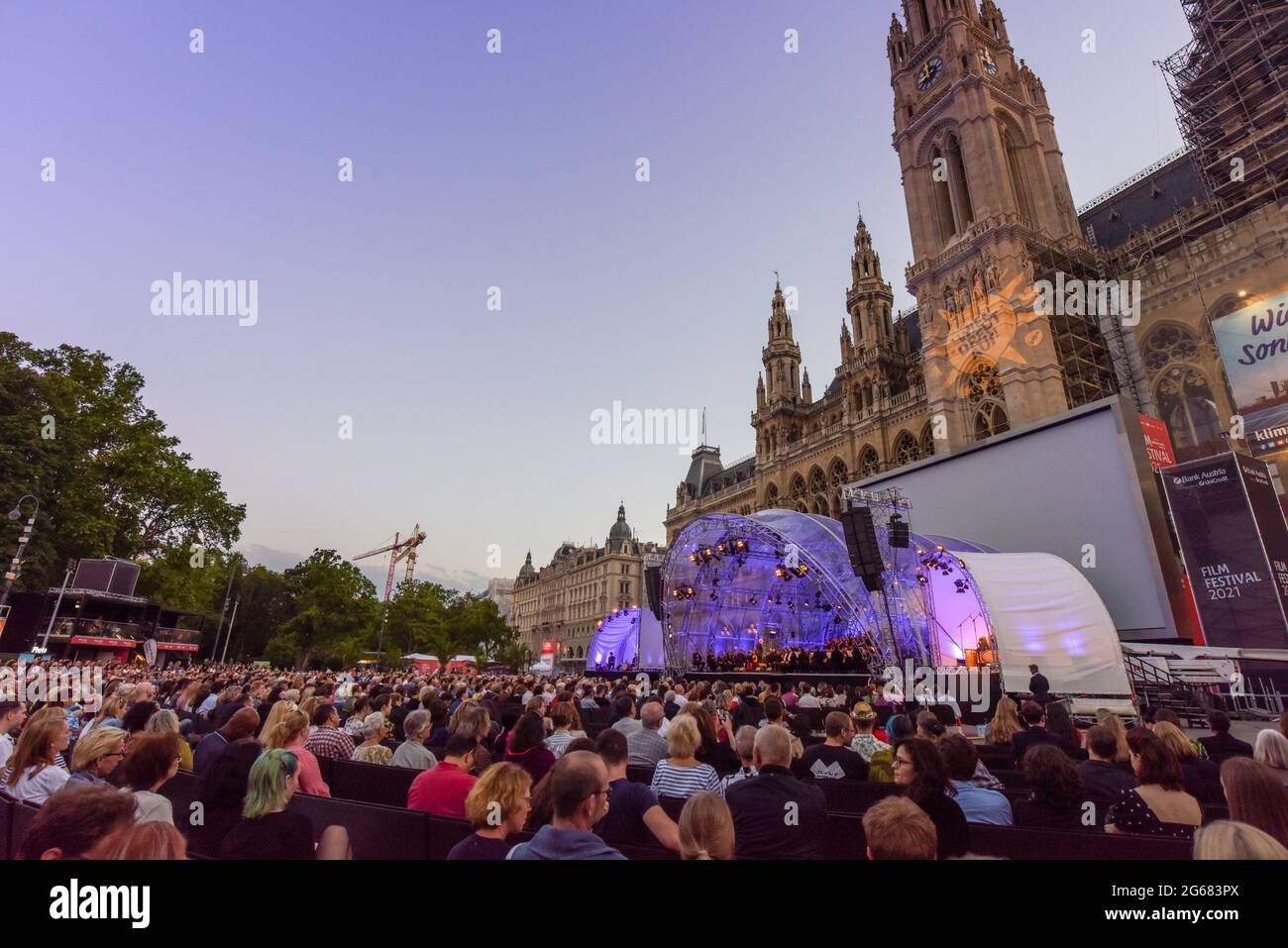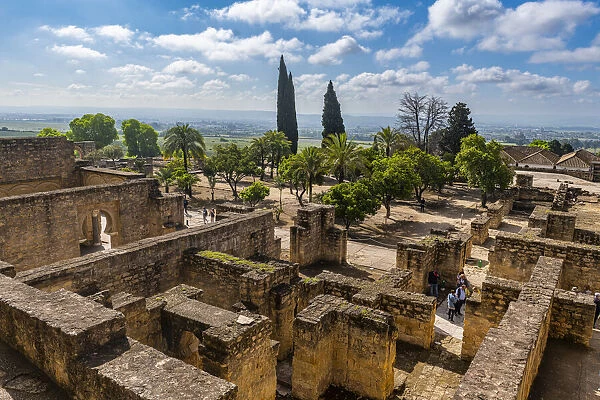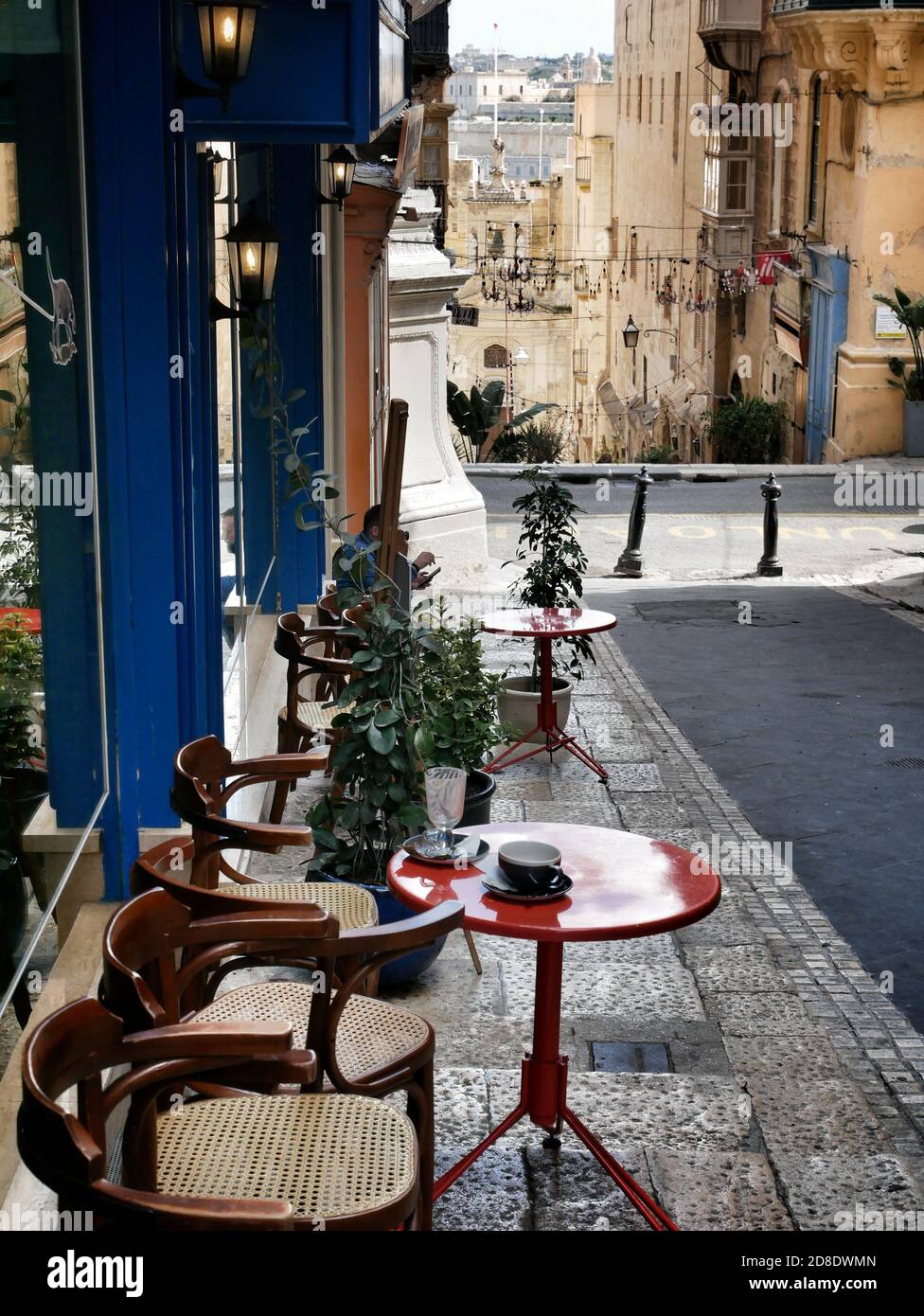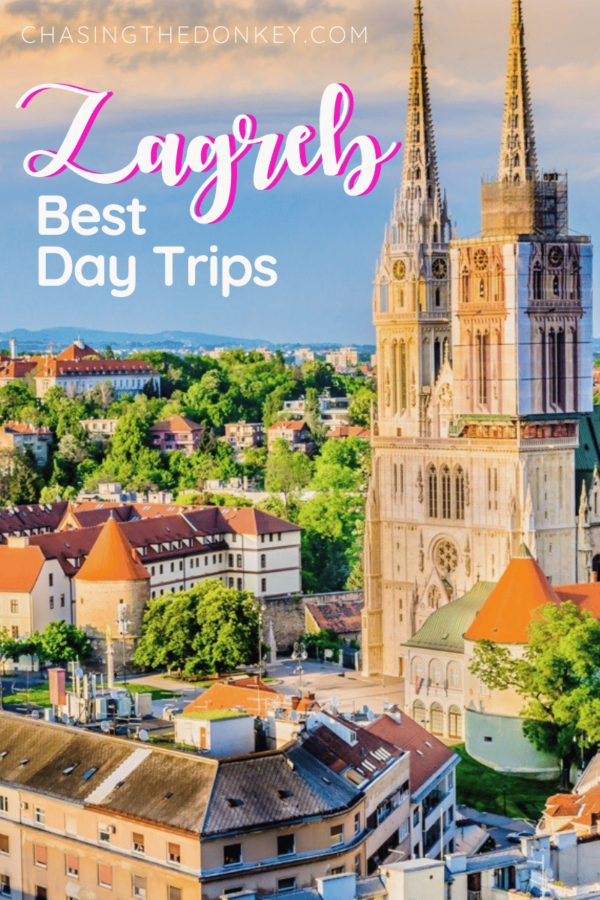Sofia: A Tapestry of History and Culture in the Heart of the Balkans
Nestled in the heart of the Balkans, Sofia, the capital city of Bulgaria, is a city where ancient history and modern life coexist harmoniously. This vibrant city, with its unique blend of Eastern and Western influences, offers a rich tapestry of cultural, architectural, and historical treasures. From its origins as a Thracian settlement to its current status as a bustling European capital, Sofia is a city that invites exploration and discovery.
The Ancient Foundations of Sofia
Sofia's history stretches back over 2,000 years, making it one of Europe's oldest capital cities. The city's roots can be traced to the Thracian tribe of Serdi, who established a settlement in the region in the 7th century BC. This early community set the stage for what would become a significant urban center throughout antiquity and the medieval period.
During the Roman era, Sofia, then known as Serdica, flourished as a major administrative and trade center. The Emperor Constantine the Great famously referred to Serdica as his "Rome," highlighting its significance within the empire. Remnants of this period, including the ruins of the Roman fortifications and the impressive Serdica Amphitheatre, provide a glimpse into the city's ancient grandeur and serve as a testament to its long-standing importance.
A Cultural Confluence
Sofia's position at the crossroads of Europe and Asia has made it a melting pot of cultures and traditions. Over the centuries, the city has been influenced by a myriad of civilizations, including the Byzantines, Ottomans, and Slavs. Each of these cultures has left an indelible mark on Sofia's architectural landscape, cultural practices, and collective memory.
In the heart of the city stands the iconic Alexander Nevsky Cathedral, a symbol of Bulgaria's spiritual and architectural heritage. This grand Orthodox cathedral, constructed in the early 20th century, is a testament to both Byzantine and Bulgarian architectural styles. It stands as a tribute to the country's liberation from Ottoman rule and a nod to Sofia's rich religious history.
Sofia's Ottoman Legacy
The Ottoman era marked a significant period in Sofia's history, lasting nearly five centuries. During this time, the city was transformed into an important administrative and commercial hub within the empire. The legacy of this period is evident in the city's architectural landscape, with many Ottoman-era mosques and baths still standing today.
The Banya Bashi Mosque, designed by the renowned Ottoman architect Mimar Sinan, is a stunning example of this influence. Built in the 16th century, it remains an active place of worship and a remarkable piece of Ottoman architecture. Nearby, the restored ruins of the Ottoman Baths provide insight into the social and cultural practices of the time.
The Emergence of Modern Sofia
The late 19th century saw a dramatic transformation in Sofia's urban landscape, following Bulgaria's liberation from Ottoman rule in 1878. The city was named the capital of the newly independent Bulgarian nation, sparking a period of rapid modernization and development. Influenced by European architectural trends, Sofia's new government buildings, wide boulevards, and elegant parks began to take shape, marking the beginnings of its contemporary identity.
One of Sofia's most significant landmarks from this period is the National Assembly Building, an architectural masterpiece that reflects the style and aspirations of a burgeoning nation. The building symbolizes Bulgaria's democratic renewal and stands proudly among Sofia's urban features, hosting the country's legislative activities.
A City Embracing the Future
Today, Sofia is a dynamic metropolis that seamlessly blends its historical heritage with the demands of urban life. As Bulgaria's political, economic, and cultural center, the city is home to a thriving arts scene, innovative tech industry, and a diverse population that continues to embrace its multifaceted identity.
Modern Sofia is not only about preserving the past; it is also about creating new connections and fostering a spirit of openness and innovation. The city's numerous art galleries, theaters, and music venues celebrate both traditional and contemporary Bulgarian culture, while its bustling cafés and restaurants offer a taste of local and international cuisines.
Exploring Sofia's Urban Landscape
Sofia's urban landscape is a fascinating blend of ancient ruins, Soviet-era architecture, and modern skyscrapers. This mix of styles reflects the city's complex history and its continuous evolution. Walking through Sofia, one encounters the juxtaposition of past and present at every corner.
One of the most captivating areas in Sofia is the Largo, a prime example of Stalinist architecture. Comprising a trio of iconic buildings, including the Presidential Palace, the Ministry Council, and the former headquarters of the Communist Party, the Largo showcases the city's mid-20th-century architectural shift. These imposing structures convey both the power of the bygone regime and the transformative journey Sofia has undergone since that era.
Nearby, the remnants of the Roman period can be seen in the ancient Serdica complex, unearthed during the construction of the Sofia Metro. These preserved ruins offer visitors a unique opportunity to experience the city's ancient layers that lie beneath its modern surface. The colorful mosaic floors and stone arches provide a tangible link to Sofia's Roman past, creating a sense of timeless continuity in the city's heart.
Cultural and Artistic Highlights
Sofia is a thriving hub for arts and culture, with a multitude of activities catering to both locals and tourists. The city boasts numerous museums and galleries that capture the rich story of Bulgaria's history and creative spirit. The National History Museum, located in the Boyana neighborhood, offers an extensive collection of artifacts, including Thracian treasures, medieval icons, and Byzantine mosaics. This museum provides a detailed journey through the annals of Bulgarian history, offering insight into the country's cultural evolution.
The vivid art scene in Sofia is reflected in the many contemporary galleries showcasing the works of local and international artists. The National Art Gallery, housed in the former royal palace, displays a vast array of Bulgarian art, from classical to modern pieces. The city also hosts a variety of cultural events and festivals throughout the year, celebrating everything from film and literature to dance and music. One of the highlights is the Sofia International Film Festival, which brings together filmmakers, critics, and cinema enthusiasts from around the globe.
Sofia's Green Spaces and Natural Beauty
Amidst its urban hustle and bustle, Sofia is blessed with numerous parks and green spaces that offer tranquility and scenic beauty. The Borisova Gradina, the oldest and most famous park in Sofia, is a verdant retreat popular with both locals and visitors. It is home to beautiful tree-lined paths, manicured gardens, and sports facilities, providing ample space for leisurely strolls and outdoor activities.
For those seeking a more adventurous escape, the Vitosha Mountain, located just a short drive from the city center, offers hiking trails and panoramic views that make it a favorite destination for nature enthusiasts. In winter, Vitosha becomes a popular spot for skiing and snowboarding, providing a convenient outlet for winter sports enthusiasts without having to leave the city. The mountain's accessibility underscores Sofia's unique appeal as a city that connects urban living with nature's majesty.
Savoring Sofia's Culinary Scene
Sofia's culinary scene is a delectable reflection of its diverse cultural influences, offering a sumptuous array of traditional and contemporary flavors. Bulgarian cuisine, characterized by its hearty ingredients and savory spices, can be savored at a variety of local eateries and sophisticated restaurants.
Traditional dishes like banitsa, a delicious pastry filled with cheese and spinach, and shopska salad, Bulgaria's national salad made with tomatoes, cucumbers, onions, and white cheese, introduce visitors to the distinctive tastes of the region. Restaurants such as Raketa Rakia Bar and Made in Home provide authentic Bulgarian dining experiences that celebrate local ingredients and culinary traditions.
The city's burgeoning international culinary scene includes tastes from every corner of the globe. Chic cafes and trendy eateries can be found throughout Sofia, offering everything from Italian pasta and French pastries to Middle Eastern meze and Asian fusion cuisine. This gastronomic diversity reflects Sofia's cosmopolitan atmosphere and its embrace of both tradition and innovation.
Conclusion: A City of Endless Discovery
Sofia is a city of contrasts and complements, where ancient history and modern dynamism coexist in perfect harmony. From its storied past to its vibrant present, the Bulgarian capital invites residents and visitors alike to immerse themselves in its diverse cultural landscape. As Sofia continues to evolve, it remains a fascinating destination for those seeking to uncover the layers of its rich history and experience the spirit of a city continually shaping its future. This city, with its unique blend of heritage and progress, stands as a testament to the enduring resilience and adaptability of Bulgarian culture, positioning itself as a beacon of discovery in the heart of the Balkans.
A City of Contrasts: Sofia's Social Fabric
Sofia stands as a reflection of the diverse social dynamics that characterize contemporary Bulgaria. Its streets are a lively tapestry of old traditions juxtaposed against the backdrop of modernity and innovation. The city is witnessing a fascinating shift as globalization and local customs intermingle, shaping the social fabric of this ever-evolving metropolis.
In the heart of Sofia, traditional markets like the Central Market Hall offer a glimpse into local life. Here, vendors sell fresh produce, handmade goods, and authentic Bulgarian specialties. These bustling markets provide a touch of nostalgia and a connection to the city’s past, while the vibrant street life simultaneously showcases Sofia's forward-looking tendencies. This mix of old-world charm and new-world energy defines Sofia, making it a microcosm of a nation balancing between continuity and change.
The city’s diverse demographics and youthful population are driving a wave of cultural and social innovation. Sofia is home to a burgeoning start-up scene, vibrant co-working spaces, and innovative social enterprises. This entrepreneurial spirit is transforming the city into a regional hub for technology and creativity, attracting talent from across the Balkans and beyond. The rise of tech conferences and innovation hubs, like Sofia Tech Park, illustrates the city’s commitment to fostering growth and unlocking potential.
Education and Intellectual Pursuits
Sofia's role as an educational and intellectual hub has further cemented its status as Bulgaria's cultural heart. The city is home to several of Bulgaria's leading universities and research institutions, nurturing generations of thinkers, leaders, and innovators. Institutions like Sofia University St. Kliment Ohridski, founded in 1888, play an integral role in promoting academic excellence and scholarly pursuits. As Bulgaria's oldest university, it offers a broad spectrum of programs catering to thousands of students from various disciplines.
Beyond higher education, Sofia encourages intellectual and cultural exchange through numerous libraries, public lectures, and literary events. The city hosts events like the Sofia Book Fair and various scholarly conferences, drawing authors, academics, and intellectuals to share ideas and engage in dialogue about contemporary issues and timeless philosophical inquiries.
A Mosaic of Religious Harmony
Throughout its history, Sofia has been a crossroads of religions, mirroring the cultural diversity that defines the city. It stands as an emblem of religious tolerance and coexistence, where various faiths contribute to the city's vibrant identity.
Sofia’s cultural tapestry includes Orthodox Christianity, Islam, and Judaism, which have all coexisted harmoniously for centuries. The city is adorned with places of worship representing these different faiths, exemplifying a commitment to peaceful cohabitation. The Synagogue of Sofia, one of the largest in Europe, stands proudly alongside mosques and the many churches dotting the urban landscape. This religious diversity is apparent in Sofia's day-to-day life and helps to create a community shaped by mutual respect and understanding.
The Future of Sofia
In the face of rapid modernization and urbanization, Sofia is poised to continue its trajectory of growth while maintaining the distinct character that makes it unique. Efforts to preserve heritage sites, promote sustainable development, and enhance infrastructure are pivotal to the city's ongoing evolution. Local government initiatives and collaborations with international organizations look to strike a balance between preserving Sofia's cultural identity and accommodating the needs of a fast-paced, modern world.
Sustainable urban planning is crucial as Sofia evolves. Projects aimed at enhancing public transport, reducing environmental impact, and promoting green spaces are reshaping the cityscape. These initiatives are creating a more livable and inclusive environment, ensuring Sofia remains a vibrant and appealing city for future generations.
As Sofia moves forward, its spirit of resilience and adaptation will likely continue to serve as a model for other cities navigating the challenges of the 21st century. With its deep historical roots and progressive vision, Sofia emerges as a city of opportunity, bridging the divide between tradition and modernity, and fostering a future filled with cultural richness and social innovation.
Final Thoughts: Sofia’s Timeless Allure
In conclusion, Sofia is a city where history and future converge, where the echoes of ancient times blend with the pulse of contemporary life. Its streets narrate the saga of a city defined by periods of change and continuity, resilience, and rebirth. Visitors to Sofia are invited to explore its historic landmarks, rich cultural heritage, and dynamic social landscape, experiencing a city that continues to write its story against the backdrop of the beautiful Balkan region. With every visit, Sofia opens its arms wide, offering a heartfelt welcome to all who seek to discover its timeless allure.

























Comments